CCTV News: The Spring Festival is approaching and the New Year atmosphere is getting stronger. Recently, Suining City, Sichuan Province held the New Year Pig Festival and New Year Folk Culture Season activities, attracting many tourists to come here to see killing New Year pigs, eating soup, and enjoying folk customs.
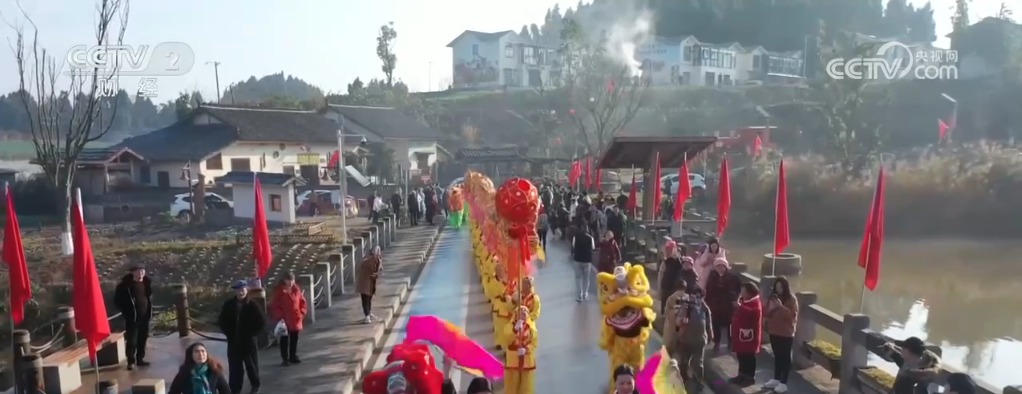
That morning, in the midst of the lively and joyful atmosphere, everyone held a lucky stick with auspiciousness and led a New Year pig weighing 200 kilograms across the bridge of happiness. Subsequently, a series of links such as killing the New Year pig, dissection of the New Year pig, and brushing red with the New Year pig were carried out one after another. The tourists on the scene appreciated this traditional process up close and felt the strong and simple rural cultural atmosphere.
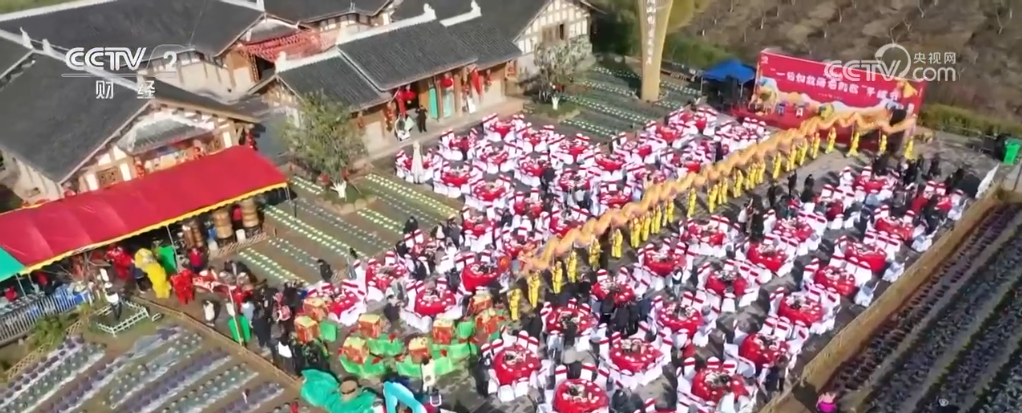
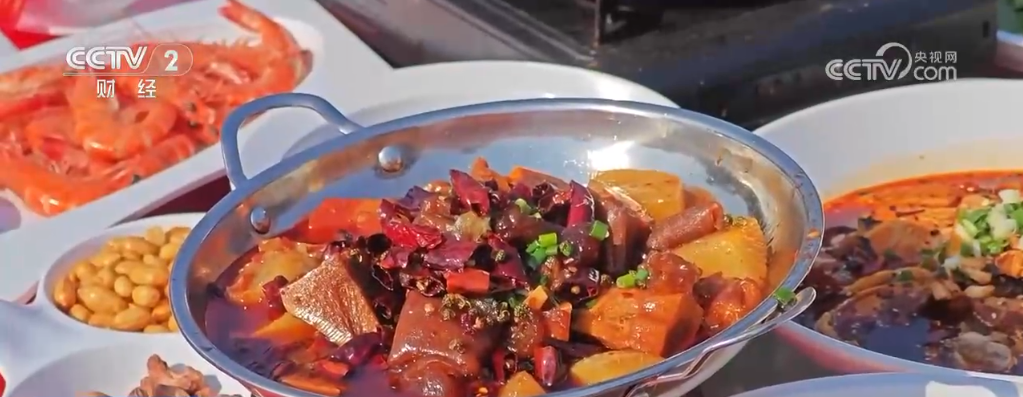
After killing the New Year pig, the expected soup-eating process is immediately followed. In the kitchen, the reporter saw that the chefs had already prepared all kinds of fresh ingredients needed for the noon banquet. At 12 noon, the Tombba Banquet officially started, and 50 tables of banquets filled with delicious food were arranged neatly. During the meal, wonderful literary performances were performed one after another, adding infinite joy to the scene.
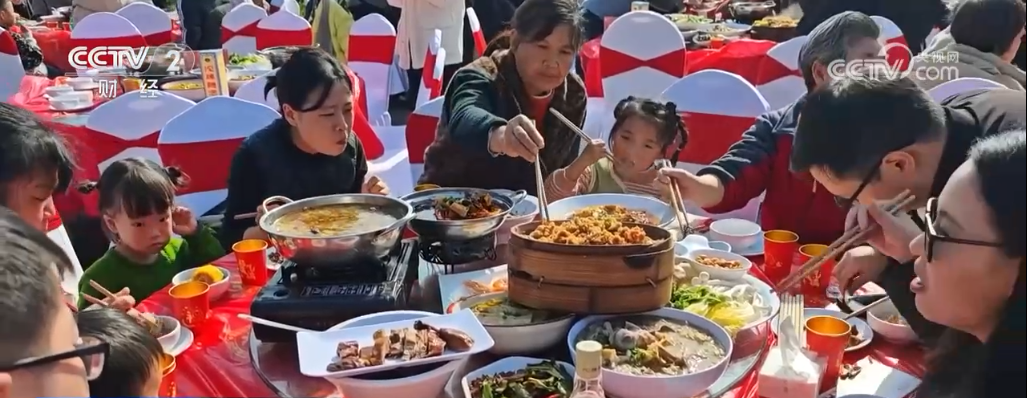
Heilongjiang Baoqing: Lively New Year Pig Banquet Carrying New Year Pigs to welcome good luck
Recently, in Baoqing County, Heilongjiang, a New Year Pig Banquet event was staged lively.
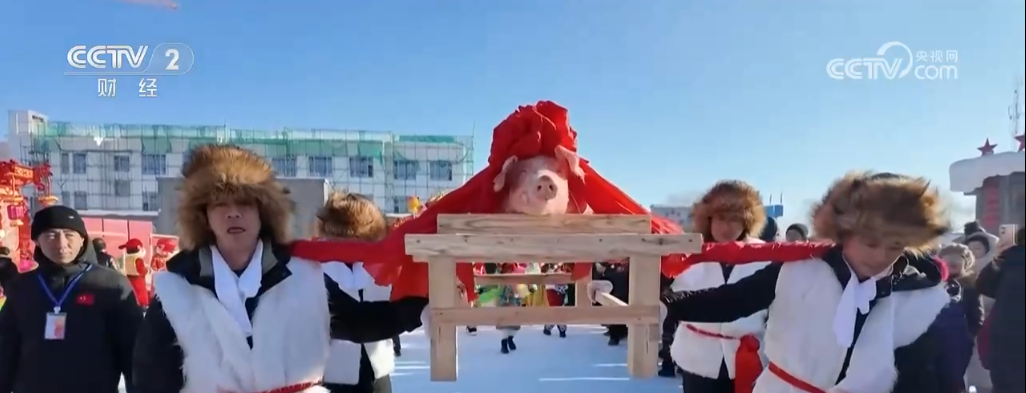
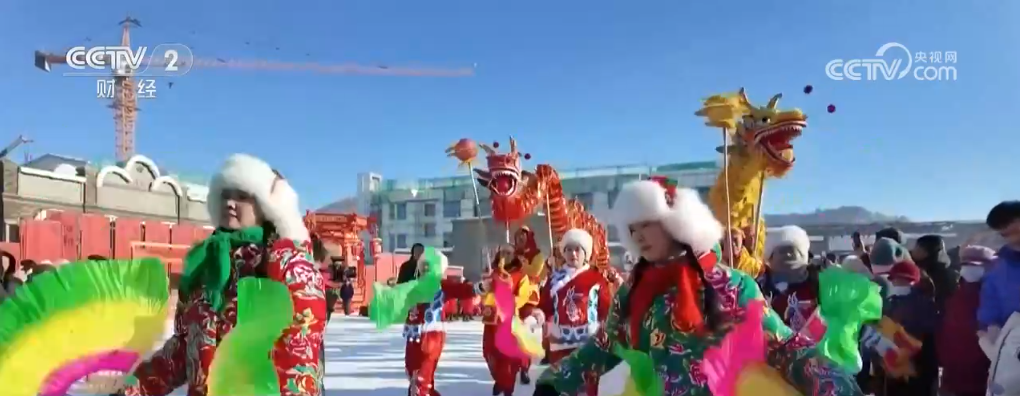
The event kicked off with the lively yangko and dragon dance performances. As the protagonist of the event, the New Year pig was officially launched by villagers with bamboo poles. Free pig-killing vegetables were also prepared for citizens and tourists.
Anhui Tianchang: Sweet Snow Dumplings Transmit a strong New Year atmosphere
In Longgang Ancient Town in Tianchang City, Chuzhou, Anhui, there is a special pastry that is as white as snow, like dumplings, and crispy and delicious as it is circulating in the local area. Whenever the Spring Festival approaches, the local area will make this pastry full of New Year atmosphere.

The production process of snow dumplings is very particular. First, the flour and lard must be fully mixed in strict accordance with a specific proportion, kneading and cutting into pieces to make the outer skin of snow dumplings. Then wrap the fermented crispy pieces, fold them and roll them over and over again, and the dumplings that are shaped like crescents will be made. Put the dumplings into the oil pan, the crust expands rapidly and the color turns from white to yellow. After both sides are golden, take it out and drain the oil. After cooling, spread the cooked glutinous rice flour and sugar powder evenly, put on a thick layer of "snow" clothes for the dumplings, and finally add green plum and red silk, and the "snow dumplings" are finished.
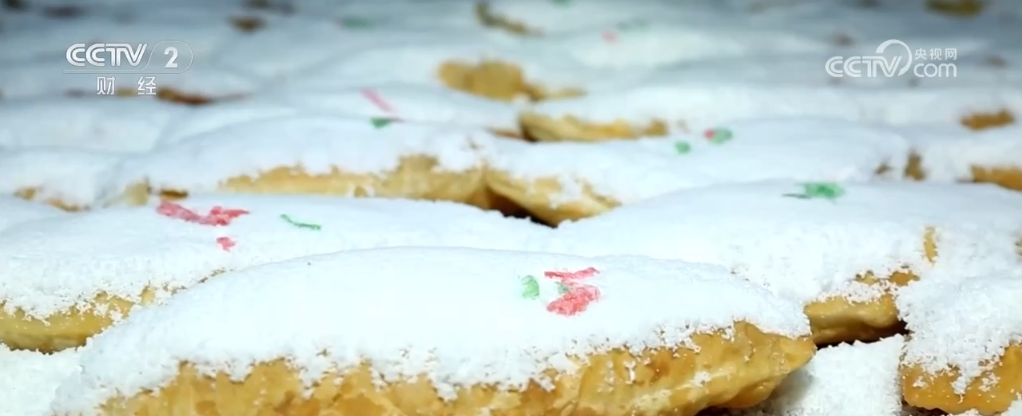
The freshly baked snow dumplings are sweet but not greasy, crispy and delicious, and are an indispensable pastry for local residents during the Chinese New Year.
Hebei Chengde: "Eight Bowls" Manchu style on the tip of the tongue
As a representative intangible cultural heritage project of Fengning Manchu Autonomous County, Chengde City, Hebei Province, the "Eight Bowls" of Manchu are one of the local representative traditional dishes. It carries the traditional taste in the memory of local people and is also a particularly particular traditional dish in the festivals and welcoming guests.

In a hotel located in Fengning Manchu Autonomous County, staff are busy making the Manchu "Eight Bowls". The eight major bowls of Manchu are unique dishes of Manchu. They consist of eight dishes such as fried tofu with snow vegetables, braised shrimps and tofu eggs, pork chops, scallion frogs, chicken and mushroom flour, New Year pig stew, Yufu toon fish, and Amazun meat. When serving, I used all the big sea bowls, which looked refreshing and enjoyable to eat, and had strong local characteristics.
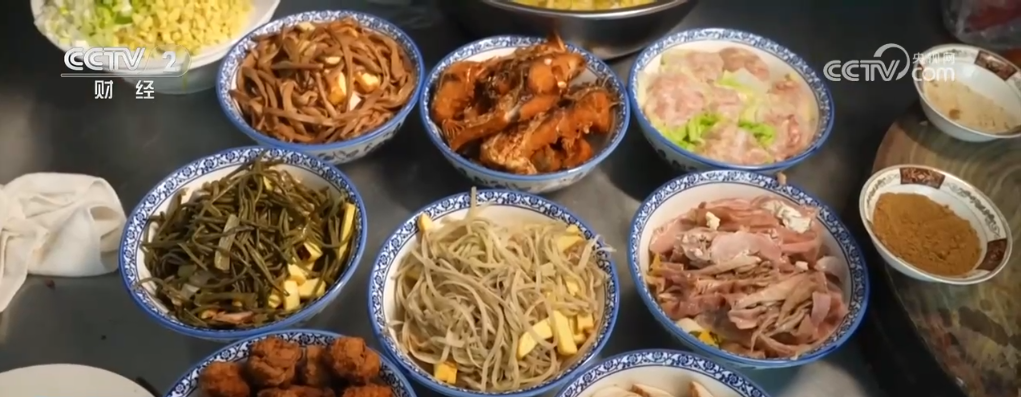
In Fengning, during important occasions such as festivals, the custom of using the Manchu "Eight Bowls" to entertain guests has been passed down to this day. Now, the Manchu "Eight Bowls" are no longer just a delicacy, it is also a culture and a heritage.